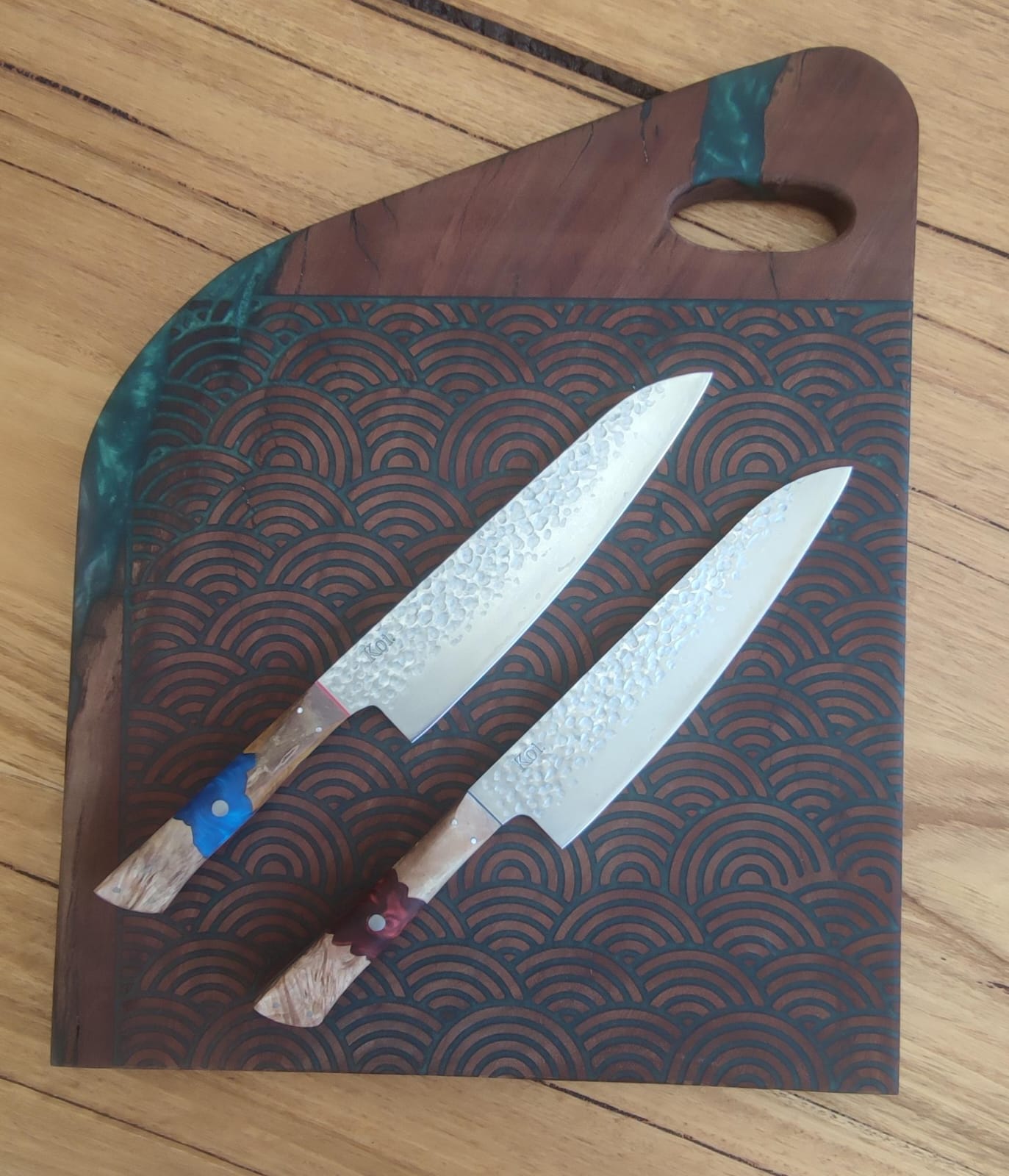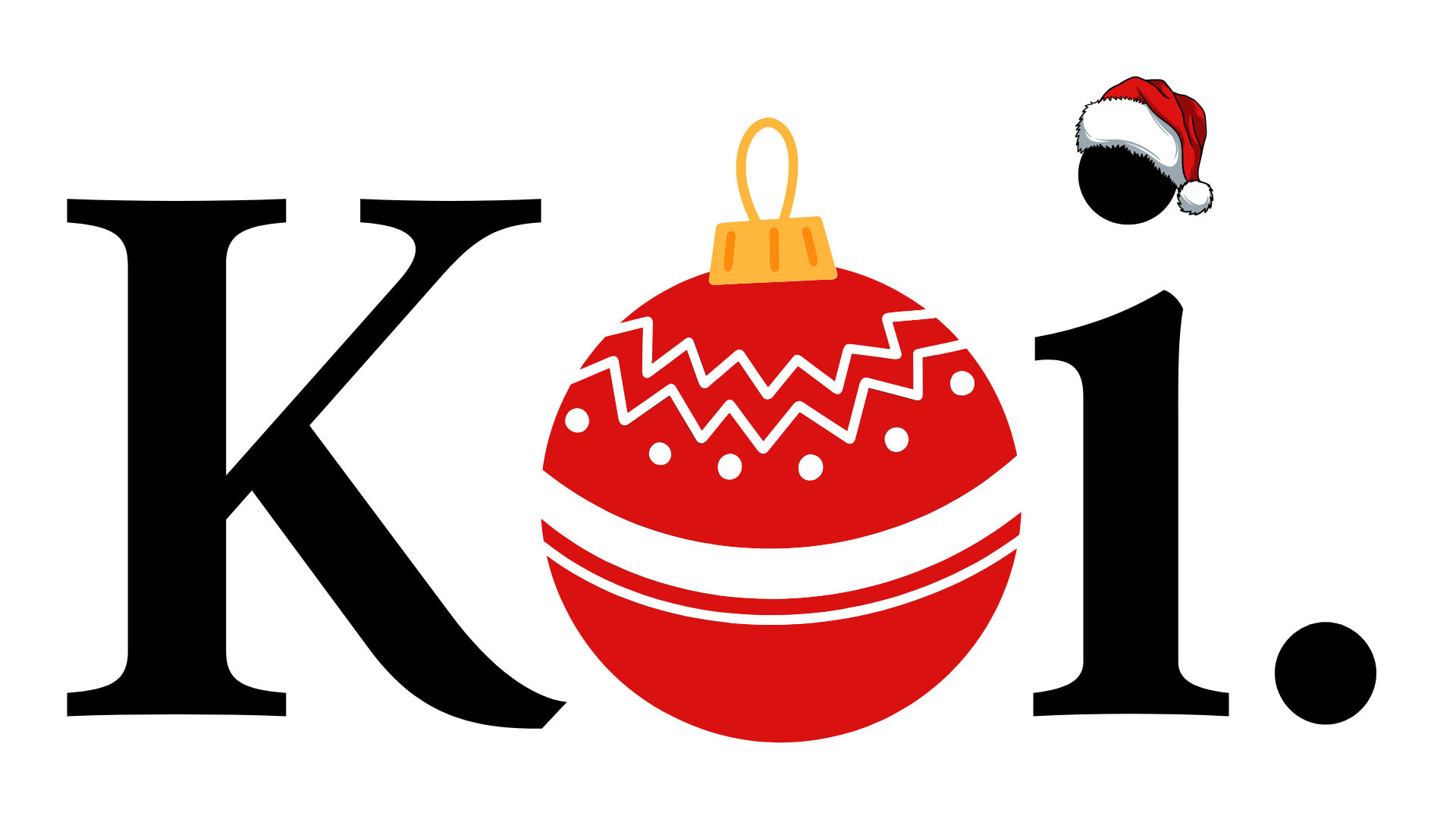Knife blades come in a wide variety of styles. They are built of various materials and come in a wide range of sizes and forms. In this article, I'll go through some of the most common blade forms you'll come across. Since many manufacturers want to put their distinctive spin on things, most blades have many modifications.
There are blade shapes for almost any task; some will score higher than others based on the job. Consider the specific purpose for which you will be utilising your knife most frequently when selecting the ideal knife for your needs. Then, premised on that knowledge, make a decision.
Western or production knives often have an edge that is 50/50 or precisely centred and are equally ground. Contrarily, traditional Japanese knives frequently have an off-centre edge, typically with a right-hand inclination (as most users are right-handed).
If the bevels on either side of a knife with a 50/50 bevel are different (i.e., concave/convex), the knife is said to be asymmetrical.
Therefore, we can say that an asymmetrical bevel refers to a non-centred edge or when the blade's cutting edge is shoved out to one side.
Blade Length and Height
The length of the knife is critical. Most home cooks don't exceed 10 inches (25 cm). Knowing the size of the food you intend to slice is crucial. Using a longer knife will yield better results than using a paring knife to julienne salad.
Kitchen Blade Length
A chef's knife that is 8 inches (20 cm) long is the most popular size available today. They are perfectly sized for home cooks, neither too long nor too short. Although most home cooks will go for an 8-inch length, this does not imply that everyone should purchase an 8-inch. It all depends on your particular preferences and the setting you'll be using it in.
Professional Chef Blade Length
For skilled cooks, a length of 10 to 12 inches is preferred. But, it is a blade length that calls for practice. The food you are using the knife on will depend on the establishment and the dish.
A taller grind that enhances the cutting geometry can be achieved by increasing the blade design height or width. Cutting effectiveness is affected by the spine's eventual thickness and how soon it gets there. A knife will reach its full thickness quickly if it has a thin blade or a short grind, leading it to wedge rather than slice.
Cutting effectiveness is increased by a considerably more gradual taper made possible by a wider blade and higher grind.
Blade to Handle Ratio
The knife works because the handle and blade work together so closely. One gives you the cutting edge, but the other gives you the power. So the age-old dilemma of determining the optimum length ratio for each in a properly constructed knife arises.
To get the finest knife handle-to-blade design ratio, the skilled knifemaker frequently goes with his gut instinct and comprehension of what is required. The design naturally gives the object balance and functionality.
These Elements Include:
- Use over size
- What looks appealing
- Utility and comfort
After all, the best handle-to-blade ratio for knives results from experience, training, and development. By putting these components in proper perspective, the knife can maintain the balance and control required for proper operation while presenting a visually appealing appearance.
Ricasso Height vs. Width
A knife, dagger, sword, or bayonet's ricasso is the portion of the blade that is unsharpened and located above the grip or guard. In kitchen knives, the ricasso is between the heel of the knife and the beginning of the handle. This can include bolsters, curves and cut-outs, so for simplicity it is any space bewtten blade edge and handles. Since humans have been forging metal into cutting tools since at least the Bronze Age, blades made in this manner have been used in numerous historical eras and locations worldwide.
To render the knife aesthetically beautiful and comfortable in hand, the handle profile must have a specific size and shape. The ricasso's height is determined by measuring the height at the front of the handle.
Knifemakers have employed Phi (the Golden Mean) to determine the width of the ricasso in relation to the height. When a blade's ricasso is .850" wide, 1.618 divided that measurement equals .525".
Straight Spine vs. Curved
Straight back blades or blades with rounded edges and a straight back are among the most basic types. These blades are typically employed for cutting and chopping tasks. Since the wider back of the blade lacks a sharp edge, extra pressure can be provided with your hand or finger to facilitate cutting.
Given that the back of the blade lacks an edge, it is possible to increase its thickness, giving the blade more strength and weight, which can make chopping easier.
For a curved blade, the spine slopes in a curving pattern until it eventually meets the edge that has been sharpened, giving it a "V" shape. A drop point design is used in hunting knives to avoid puncturing an animal's internal parts when skinning it. But, because drop point blades are equally useful for daily tasks, you will find that numerous knives use them.
Tip Profile
Knives can have different tips. Some are pointy, while others are flat or curved. The first third of the blade or cutting edge, which includes the knife's point, is often where the tip of the knife falls.
The tip of a knife is used to open packaged foods, score meat and vegetables, dispatch lobster, and shuck oysters. The tip also is used in cutting tomatoes, melons, and squash to create a guide cut.
Cleaning or filleting a fish would be impossible without beginning with the piercing tip. A paring knife is used to pierce and carve out vegetables, especially when peeling and trimming. It enables the coring of an apple or tomato and other uses that begin with the blade's sharp tip.
Handle Height and Length
Both professional chefs and home cooks place a lot of importance on the handle length. It impacts a chef's comfort, productivity, and accuracy. Knife handles are often designed to extend 4–5 inches from the blade. Some also offer longer ones, up to 6 inches long.
Consider your hand's width and size while determining the ideal handle length. Chefs with bigger hands may typically use longer handles, but those with smaller or average-sized hands perform better with handles that are more of the conventional size. No one size fits all, just like the blade lengths.
Flowing Lines or Strong, Aggressive Turns
The ability to create effective knives requires practice and patience. When creating knives, there are two key considerations that you should bear in mind. The first is the intended use of the knife. The primary use will influence numerous design elements.
The second thing you should do is ensure your design doesn't interfere with the rhythm of the lines forming the knife shape. You will be well on your way to creating a decent knife if you carry out these two steps.




